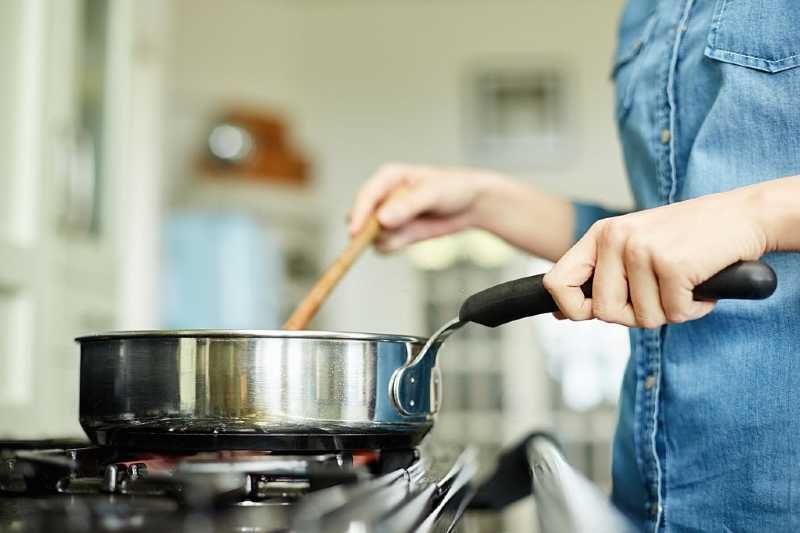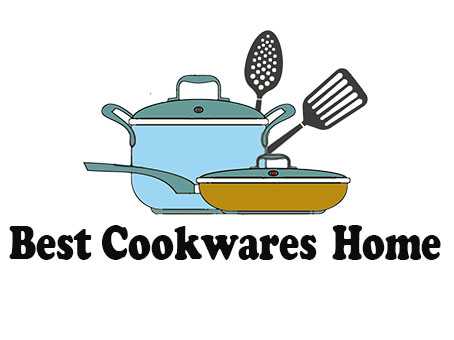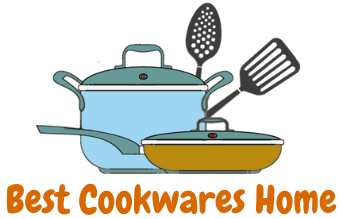
Almost every cook has a stainless steel pan in their kitchen. You may not realize it, but you can use this type of pan in the oven to prepare many dishes. One important thing to remember is that the metal conducts heat very well, so be sure to use an oven mitt when removing it from the oven and handle it with care.
If you have a stainless steel frying pan, then the answer to “can you put a stainless steel pan in the oven?” If yes, Stainless steel cookware can go into an oven, but there are some exceptions. If your frying pan has wooden or plastic handles, avoid cooking it in an oven because of potential damage from heat.
Many people use steel utensils in their ovens without a problem. Stainless steel cookware is no different, however, some pans have wooden or plastic handles which can get damaged by the high heat.
Summary
How to maintain the stainless steel fry pans?
The best way to maintain the quality and longevity of your stainless steel cookware is to use it properly. Avoid putting them in the dishwasher as this will cause scratches on the surface and may also affect their non-stick properties.
Always hand wash with mild soap and water after each use. Be sure not to scrub too hard as this could lead to pitting or scratching on the surface, making cleaning more difficult for future uses.
And don’t forget that they should be dried immediately after washing so that moisture doesn’t get trapped between layers of metal causing rusting or corrosion over time.
What are the Oven safe Handles for Stainless Steel Pots and Pans?
The best handles are metal ones because they can withstand very high temperatures. Stainless steel, cast iron, copper all work well in the oven. These materials won’t melt like plastic or wood does when it gets too hot so you don’t have to worry about them getting damaged if you use them on a stovetop burner that is hotter than usual.
Plastic or wooden handles could break if they get too hot which means you should avoid using these types of cooking tools at higher temperatures as much as possible; most importantly in an oven where there is constant heat for long periods of time. Wooden and plastic will eventually start to give off toxic fumes when heated over.
Silicone insulated handles are best because they can withstand temperatures as high as 330°F to 475°F, which means you can use them in the oven at any time. The heat will not be able to penetrate through the silicone material and damage your hand or fingers when using it. This is an excellent tool for those who like cooking with their hands instead of utensils.
Even though these types of pans have metal handles that may get hot after a while from being over a stovetop burner, always remember to set the pan on a wooden chopping board or some other insulating material so that you don’t burn yourself when touching it even if it’s just briefly. Especially make sure to do this before carrying it into.
Related: Best Methods of Using Stainless Steel Cookware First Time
Tips for Using the stainless steel pan in the oven
Cooking with stainless steel cookware is an easy, efficient way to make your favorite dishes. Whether you are using it for baking or sautéing, cooking in a stainless steel pan can be safe and effective when done correctly.
Wooden handles are not safe because they will burn and char when exposed to the high heat of an oven. Stainless steel cookware with silicone or metal handles is better for use on a stovetop but should be avoided for use in the oven and any type of pan that has plastic parts that could melt if heated too much like Teflon coated pans.
You must know what type of handle your frypan has before putting it in the oven. Wooden and plastic handles will not fare well with high temperatures so be sure to use caution when cooking with these types of pans if they’re going into an oven.
This post talks about how different types of materials react differently to higher temperatures so you know what’s best at home.
If you’re using a convection oven, it may work out great; otherwise, don’t risk it by putting your wooden-handled pots and pans into your direct heating part.
How to Clean Your Stainless Steel Frying Pan
How to Clean Burnt Oil off of Your Stainless Steel Frying Pan: When you use your frying pan in the oven, it’s also likely that cooking oil or food particles will burn on its surface. This means that, after you’re done cooking, you’ll have some extra cleaning to do to make your pan clean and shiny.
Here are simple and powerful methods that you can use today to clean burnt food particles or cooking oil off of your stainless steel frying pan.
Boil Water and Salt to Clean Burnt Stainless Steel Pans
Mix water, salt, baking soda, in a pot. The mixture should be relatively acidic because that will help it break up the burnt particles on your pan’s surface. Bring this mix to a boil so all of the ingredients can dissolve.
Let it cook for about ten minutes while stirring with an old dishrag from time to time. Be careful not to let any of this liquid spill over onto your stovetop because you might damage its surface.
After ten minutes have passed, pour off this boiling solution into another container and use paper towels (or some sort of scrubber) to wipe down the entire stainless steel frying pan.
Place a Potato on the Burnt Pan and Let it Steam for A while
Cut up an old potato into small pieces. Wrap these bits in aluminum foil, placing them over the burnt area of your frying pan.
Cover this with another piece of foil and then put something heavy (like cast-iron or stainless steel) atop the package to weigh down all those potatoes.
Leave these sitting there for about 15 minutes while they steam and you’ll see how easy it is to clean burned oil off your stainless steel cookware.
You can also cut some onion wedges in half after slicing them so that they cover more surface area if necessary. Just wrap these around or sit them on top of any spills; leave them steaming.
Use Bar Keepers Friend or Bon Ami to Clean Burnt Stainless Steel Pans
Mix one tablespoon of bar keepers friend in a cup with water. Or, use half a teaspoon of bon ami and mix this up with the same amount (or less) of water.
Pour this on your burnt pan’s surface and scrub it around for about ten minutes while letting it sit untouched for five minutes afterward.
Finally, rinse off any residue that remains on the stainless steel frying pan using clean hot water from a faucet. This might take another round if you have stubborn stains.
Use Salt and Baking Soda
It’s also possible to use salt and baking soda on your cooking implement with boiling water to clean off any stubborn stains that remain after the first round of cleaning.
Put these ingredients into a pot, mix them up until everything is dissolved, then bring it to a rolling boil for about ten minutes while stirring occasionally. This should get rid of most or all traces of burned oil from stainless steel pans.
Be careful not to overheat this mixture as you’re working because there is potential that it could damage how well heat can be transferred in the future (which means you might have trouble frying anything).
Conclusion
To summarize, stainless steel is best used inside ovens because of its ability to hold heat longer than other materials. This ability also helps when cooking those dishes that need more time at high temperatures. The propensity towards being a strong heavy material means that this can be used in most dishes without reacting with whatever else might be present in there as well.
Read More about Stainless Steel Cookware:
Best Stainless Steel Cookware for Gas Stoves
Best stainless steel cookware for induction
How to use properly stainless steel cookware
How long does stainless steel cookware last? Best Guide
How to clean discolored stainless steel pots

Hi, Welcome to our Blog. We are a team of Professional Blogger and expert in Cookware, Kitchen Appliances. We Work for the latest Reviews for Cookware, Kitchen Appliances. You can give us your kind Suggestions for improvements of Blogs, Thank You
